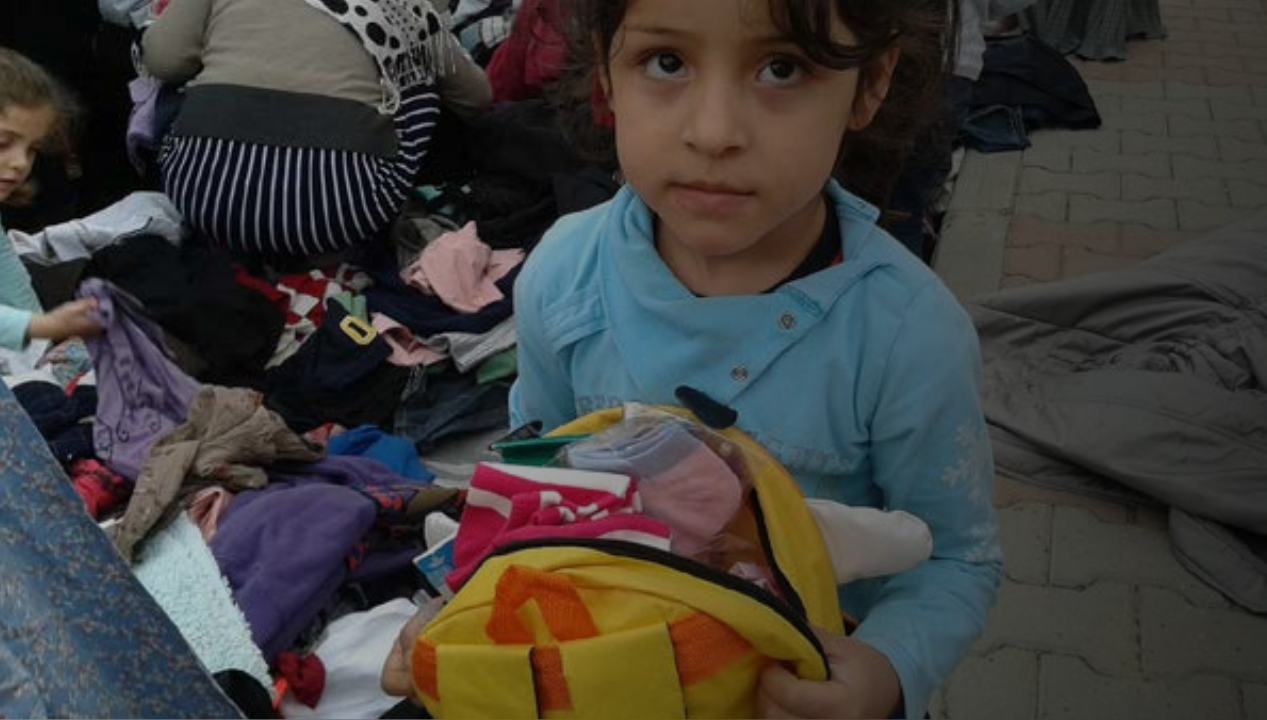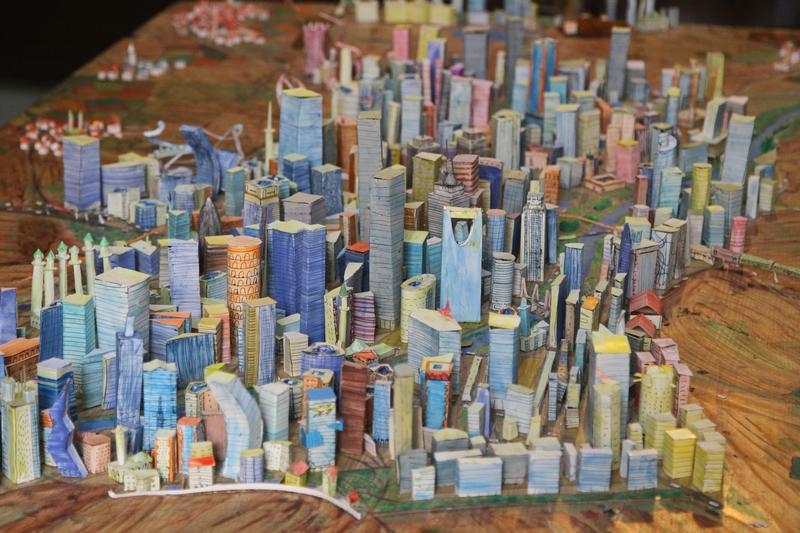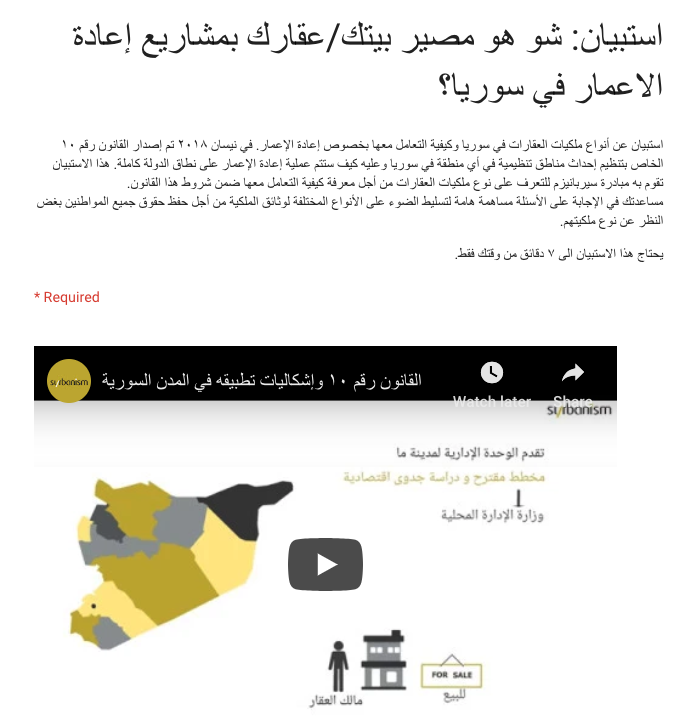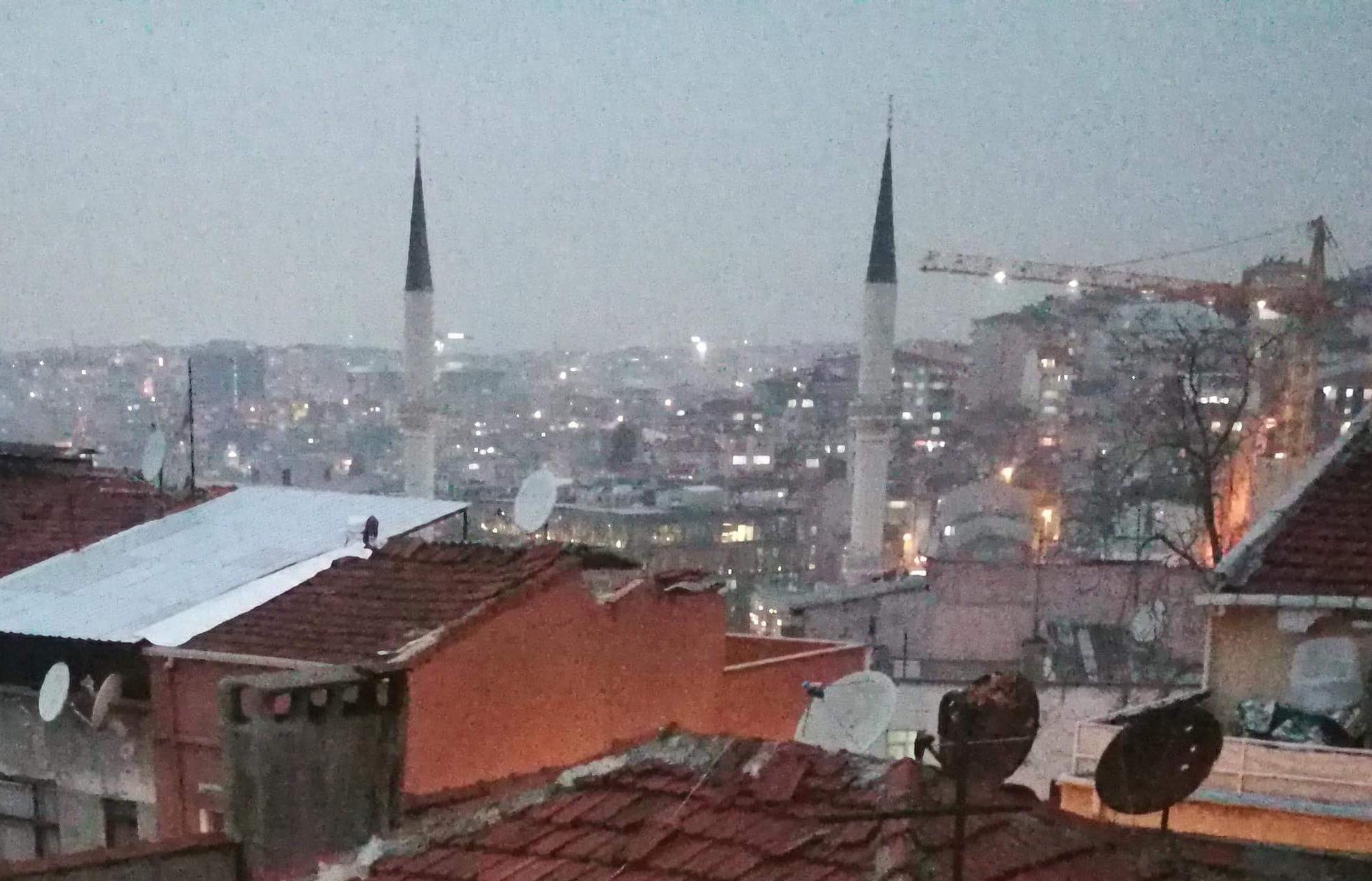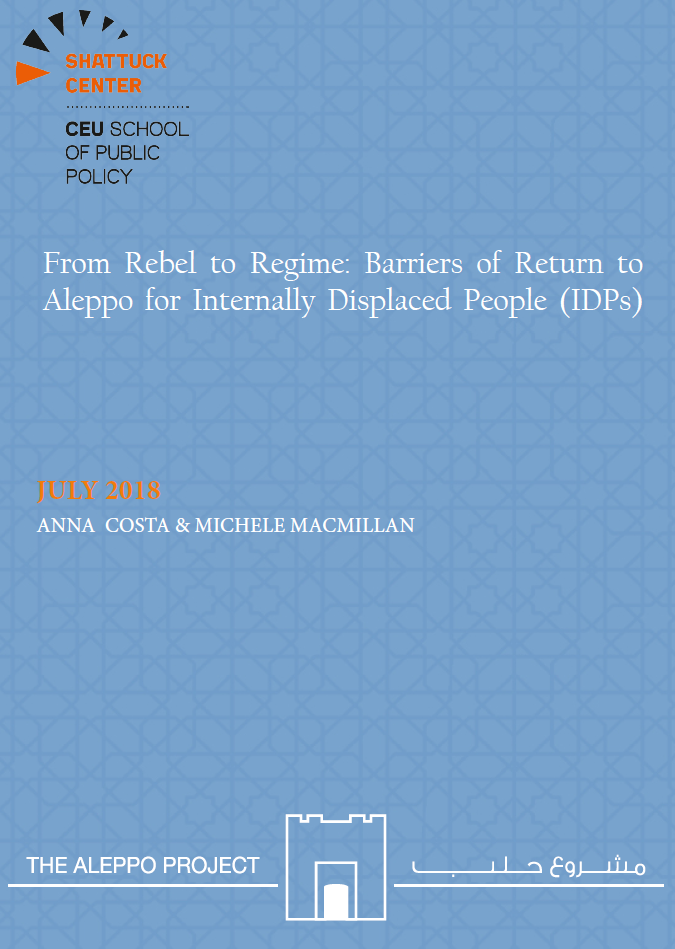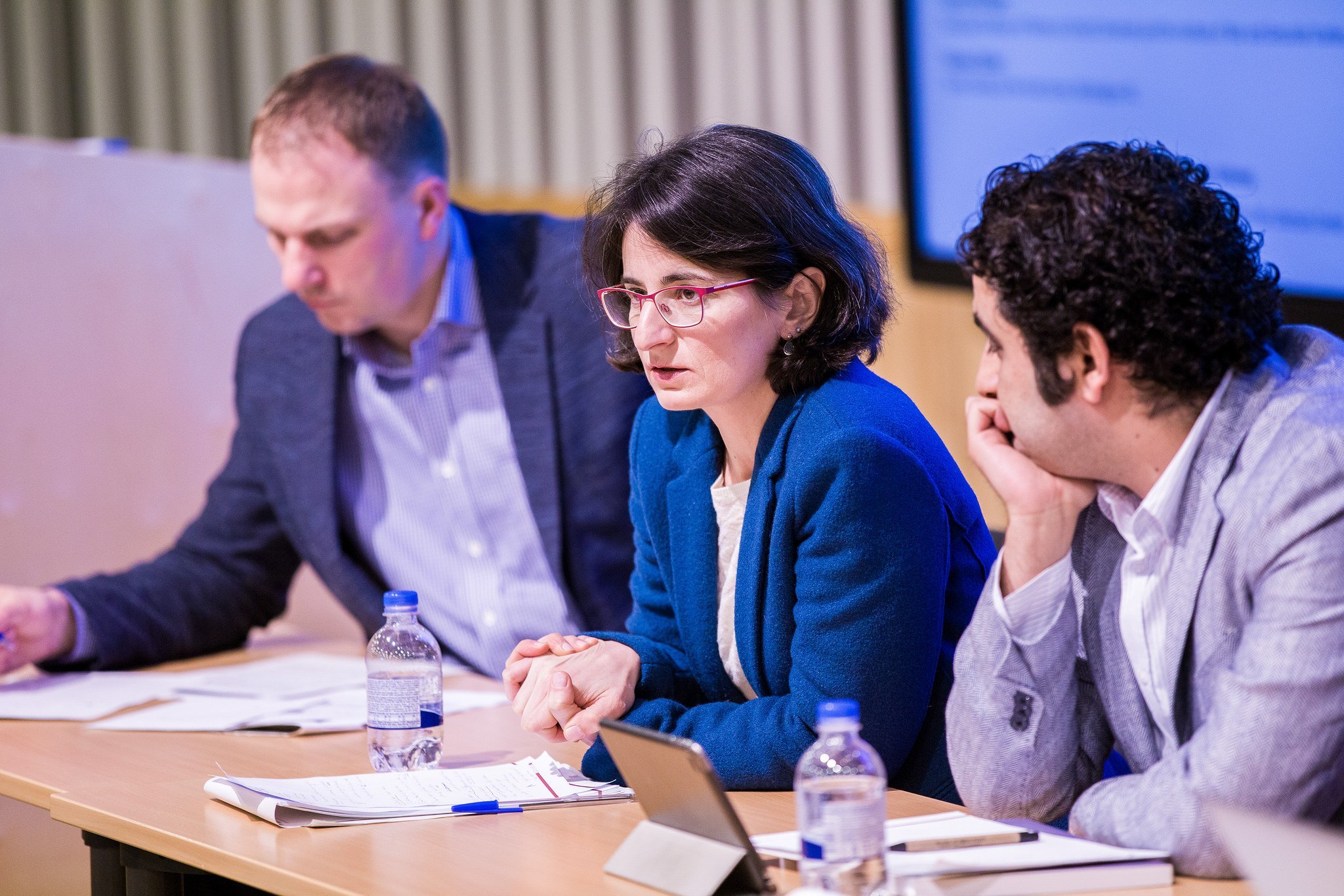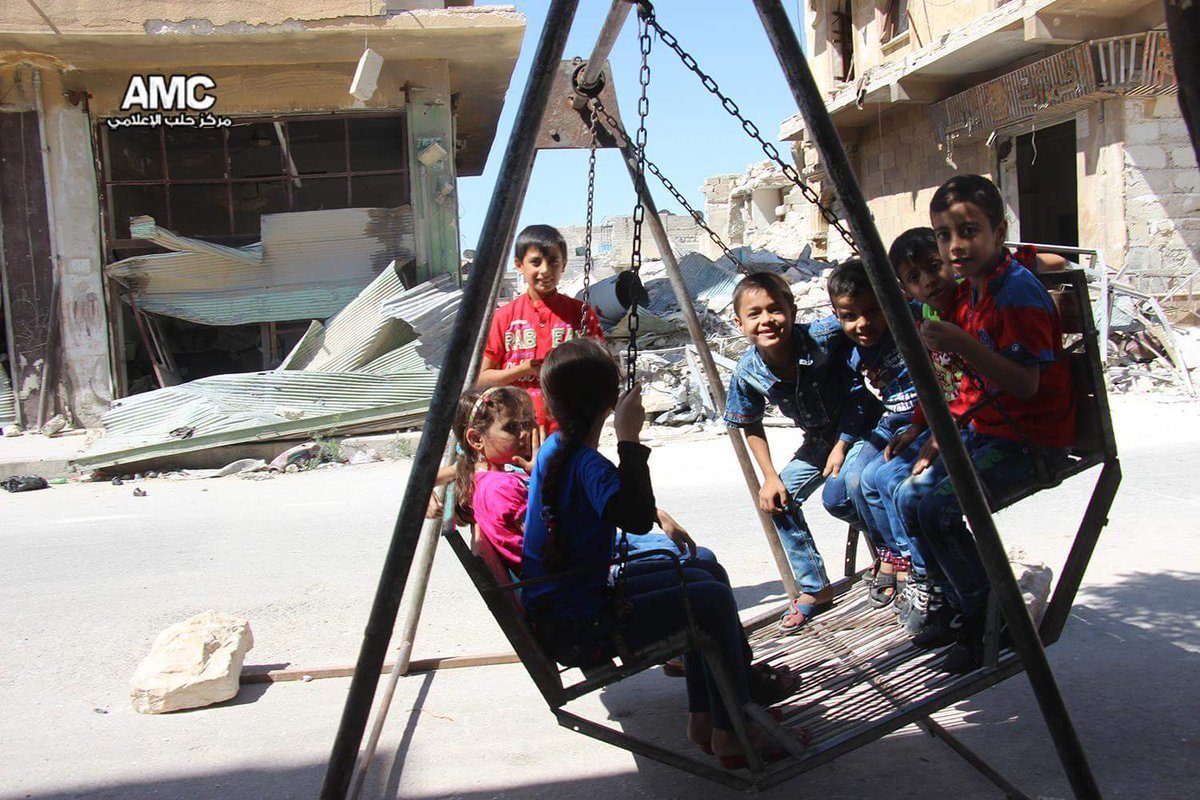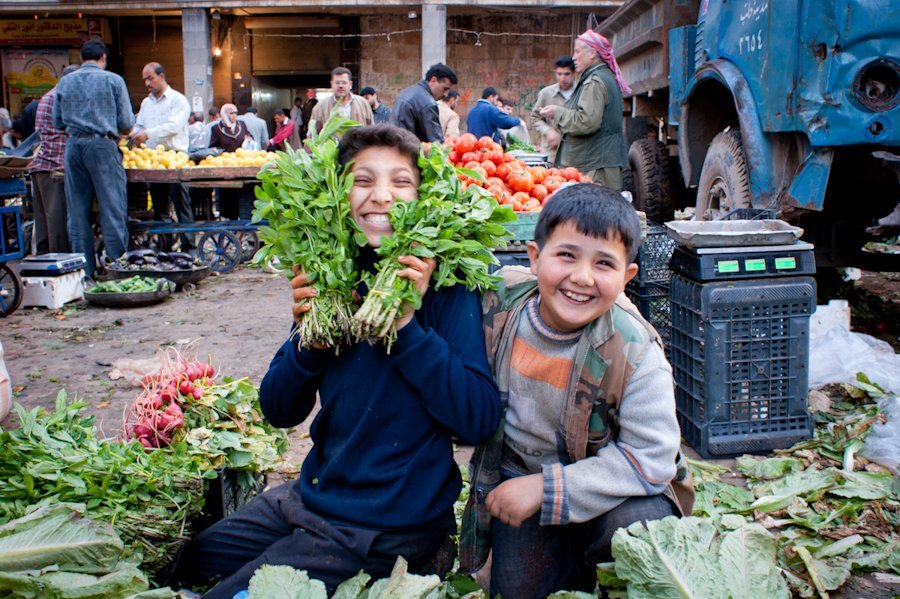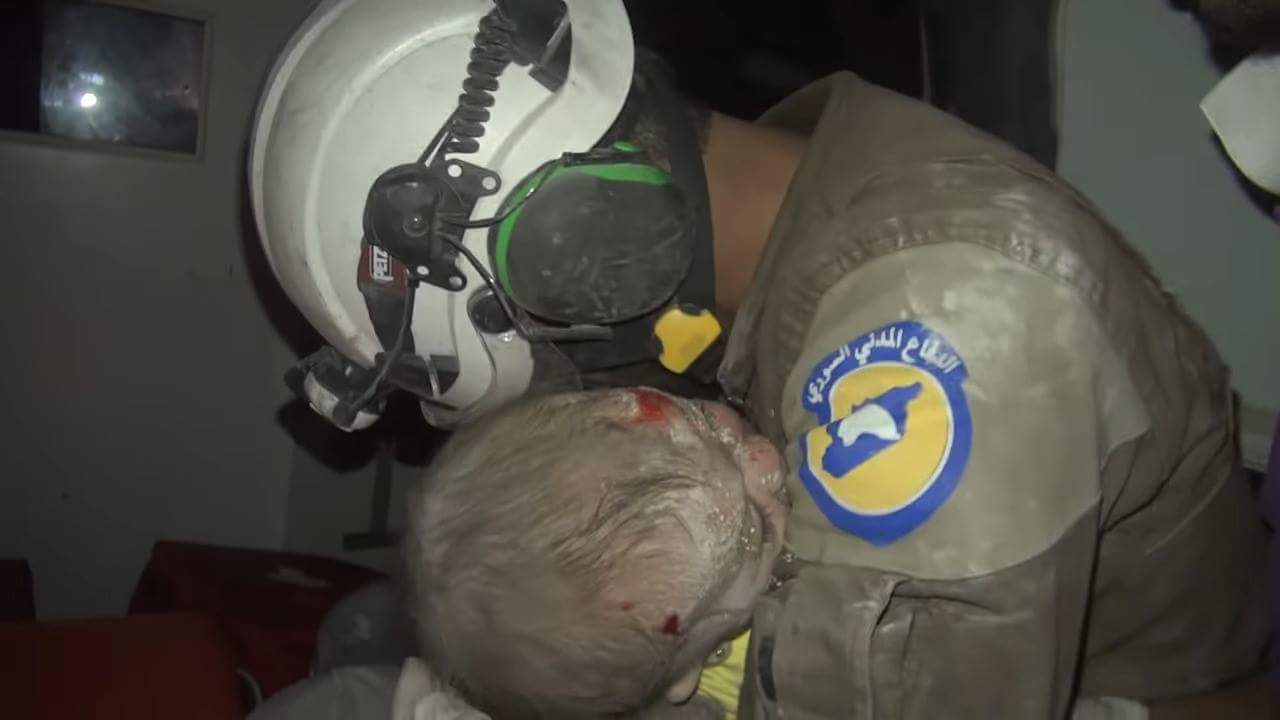This is an online survey of modern areas of socio-commercial activity in the city of Aleppo before and after 2012. Aleppians know where to get things bought or done, but modern maps of the city do not account for these markets, excepting those in the Old City. However, there are a lot of different markets that supply the people of Aleppo with goods and services. The aim of the survey is to document areas of socio-economic activity Aleppians use or used to visit for their shopping before, during and after the war that split Aleppo into segregated eastern and western halves in 2012, culminating in the destruction of much of eastern Aleppo and the forced displacement of most its residents. Through this, we are hoping to create a map of these markets that preserves the memories of the residents of different parts of the city while guarding against ignoring these lived experiences and realities during the reconstruction process. The map and a report of the findings will be published on the website of the Aleppo Project and will be shared publicly with other scholars, including the Syrian Heritage Archive at the German Archaeological Institute. Anything you would like to share with us about these markets will improve our knowledge about them.
When speaking of markets, we do not only consider those areas which bear the word market as part of their name. Please also think about other commercial areas where you used to go and which you might know better as “X Street” or “Y Roundabout”.
To complete the survey in Arabic or English, please click here.
The first set of questions is about one market area you used to go to. You can fill in information about as many markets as you would like by clicking the plus (+) sign at the end of each section. At the end, you can also include information about those areas where you prefer(red) NOT to shop.
The whole questionnaire is anonymous. No data will be asked that can be used to identify the person answering the survey. The data will only be used for the purpose of the survey and will be treated confidentially.
The survey will take approximately 20 minutes. You can leave out any questions you are not comfortable answering. If at any point you do not wish to answer more questions, please do not just leave it, but still scroll down and submit the answers you already gave.
Thank you!
The Aleppo Project at CEU’s School of Public Policy
* Photo: “Souq in Aleppo” by Michał Unolt. Taken on March 29, 2010. Flickr.
read more
 The Aleppo Project
The Aleppo Project